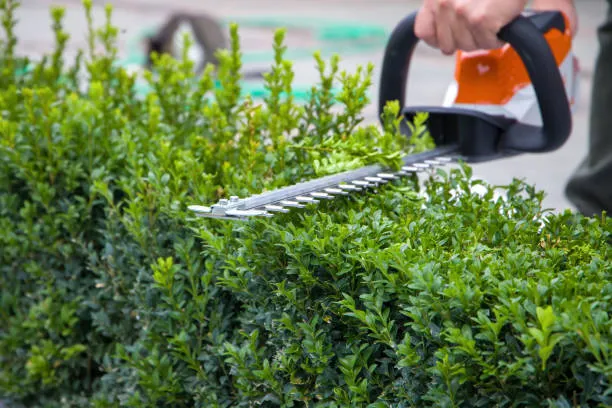
Taming Slopes and Elevations: Strategies for Effective Multi-Level Landscaping Jul 08, 2025
The first step in taming slopes is to assess the land's natural inclines and potential challenges. Uneven terrain can lead to problems such as erosion, poor drainage, and limited accessibility. A proper evaluation allows us to plan a layout that mitigates these issues while maximizing usable space. Tools like retaining walls and terracing are fundamental in slope management. Retaining walls not only prevent erosion by holding back the soil but also create flat, usable surfaces. Terraces, on the other hand, can be built into steep gradients, providing a series of levels that reduce runoff and encourage infiltration.
Strategic planting plays a crucial role in enhancing multi-level landscapes. Selecting plants with deep-root systems strengthens soil stability and minimizes erosion. Grasses, shrubs, and groundcovers are particularly effective on inclines. Additionally, incorporating native plants that thrive in your region's climate will reduce maintenance and irrigation needs. This approach not only promotes a healthy landscape but also supports local ecosystems and biodiversity.
Water management is another essential consideration in sloped landscapes. Without proper drainage solutions, water can quickly cause damage and erosion. Designing a system that encourages the natural flow of water is vital. Utilizing techniques such as swales, which direct water to desired areas, or rain gardens, which allow water to soak into the ground, are sustainable ways to manage runoff. These features can be both functional and visually appealing, integrating seamlessly into your landscape's overall design.
Creating paths and steps is a practical solution for improving accessibility across a multi-level landscape. Gravel paths, stone steps, or wood decking can provide safe and aesthetically pleasing transitions between different elevations. When designing these features, it's important to ensure they complement the natural contours of the land, enhancing the visual flow while providing necessary functionality.
Lighting is another valuable tool in multi-level landscaping, adding depth and safety to your outdoor space. Properly placed lighting not only enhances the beauty of your landscape at night but also ensures safe passage by illuminating paths and steps. Solar lights, LED fixtures, and low-voltage options offer energy-efficient ways to brighten your landscape.
Last but not least, consider the potential for creating focal points at various levels. A water feature, a carefully placed sculpture, or a colorful flower bed can draw the eye and create a sense of harmony throughout your landscaped space. These elements offer visual interest and a reason to explore every corner of your yard.
In conclusion, transforming slopes and elevations into a functional and beautiful landscape requires a thoughtful approach and a mix of strategies. By incorporating key elements such as retaining walls, strategic planting, effective water management, accessible paths, and lighting, your yard can become an outdoor sanctuary. At Mulch & Dig, we bring expertise and creativity to every project, ensuring that your multi-level landscape not only meets your needs but exceeds your expectations. Whether you're starting from scratch or looking to enhance your existing space, we are here to help you every step of the way.
/filters:no_upscale()/filters:format(webp)/media/04b103c8-1928-4603-af4f-cd9adb632f94.webp)
/filters:no_upscale()/filters:format(webp)/media/31f8ab00-9501-4f07-a64c-b005a3bba0f1.jpeg)